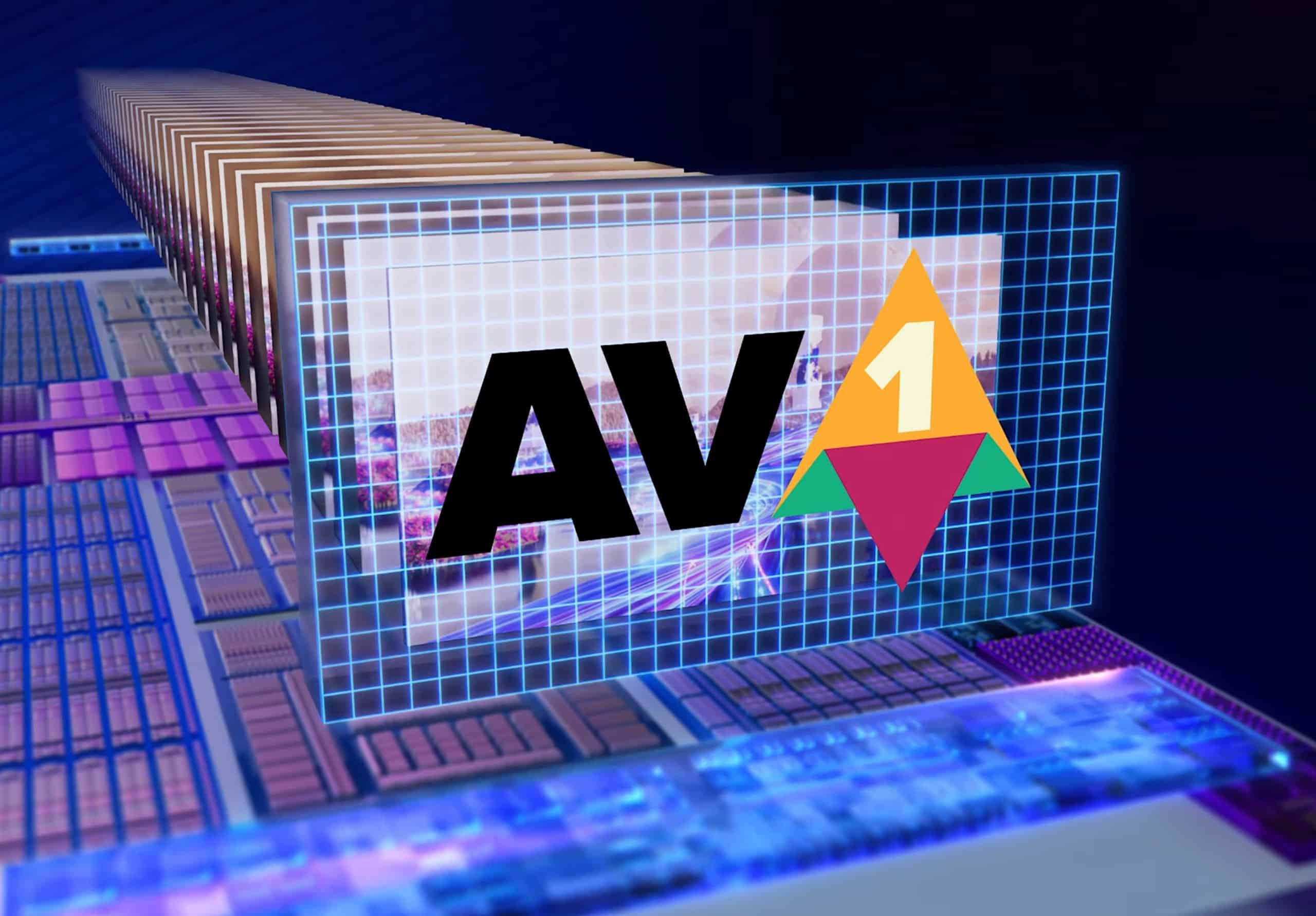Intel Arc: A380 flexes its muscles with AV1 against H.264 on AMD and Nvidia


As is well known, the gaming performance and driver situation broke Intel’s new desktop graphics card Arc A380 in tests, but one feature stood out as particularly positive: the AV1 encoding. The open source and license-free video codec from the Alliance for Open Media is becoming more and more important and widespread on YouTube, Netflix and Co., offering better compression performance with up to 50 percent smaller file sizes compared to the H.264 codec, which has been dominant for a long time.
The decoding for the playback of corresponding content is already supported by Nvidia’s and AMD’s current graphics cards, among other things, but not the encoding for creating it, which is only expected with the Geforce RTX 4000 and Radeon RX 7000 in autumn, even if AMD recently had doubts here gave. Accordingly, Intel is still technically ahead, at least in this area, as a current test by the YouTube channel “EposVox” reveals.
Intel trumps with AV1
Here they tested Intel’s new AV1 encoder against a range of H.264 encoders, including Intel’s own Quick Sync technology, Nvidia’s NVENC, AMD’s AMF and software-based H.264 encoders such as that from the popular streaming program Open Broadcaster Software (OBS). Tests performed at 3.5Mbps, 6Mbps and 8Mbps using Netflix’s VMAF benchmarking tool, which analyzes video quality on a 0 to 100 point system (very poor to very good) .
The new Intel encoder scored 83 points at 3.5 Mbps and 90 points at 6 Mbps – the highest score of any H.264 encoder at these bit rates. The Nvidia NVENC encoder, meanwhile, achieved one of the lowest test results: 71 points at 3.5 Mbit/s and 85 points at 8 Mbit/s. The AMD AMF encoder was close to Nvidia, while Intel’s Quick Sync encoder for Alder Lake scored 76 and 87 points at the same bitrates.
This makes Intel’s new AV1 encoder 16 percent “better” than Nvidia’s NVENC and AMD AMF encoders, reports Tomshardware.com referring to the test results. Meanwhile, the OBS x264 VerySlow software encoder preset came close to the AV1 results with 78 points at 3.5 Mbps and 88 points at 6 Mbps, but it is very resource-intensive and not suitable for real-time transcoding. The situation is similar with CPU encoding via SVT-AV1, which performs even better optically.
AV1 will relieve
Meanwhile, the biggest gains from Intel’s AV1 encoding are seen in the 3.5 Mbps results, as both Nvidia’s and AMD’s encoders were able to be beaten at almost half the bit rate at 6 Mbps. However, performance appears to degrade at bitrates greater than 6 Mbps, as 8 Mbps image quality is only 2.2 percent better than 6 Mbps.
Nonetheless, it is expected that bitrates will drop significantly as streaming platforms continue to migrate to AV1, resulting in less bandwidth requirements for viewers with the same quality as H.264, as well as less strain on the internet. Of course, as already mentioned, AMD’s and Nvidia’s AV1 solutions remain to be seen.
Reference-www.pcgameshardware.de